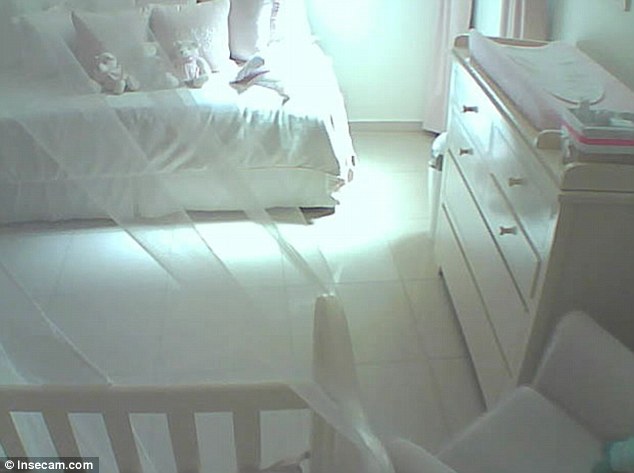Security cameras with default passwords are a threat to your privacy — A site has indexed 73,011 unsecured cameras in 256 countries around the world.
The unsecured cameras refer to cameras secured with default passwords. The site with a Russian IP address has indexed the details of the cameras such as manufacturers, locations, IP addresses and the number of channels.
This site has been designed to show the importance of the security settings. To remove your public camera from this site and make it private the only thing you need to do is to change your camera password, says the site.
There were 40,476 pages of unsecured cameras in just first ten country listings, with the US leading the list with 11,406 cameras, followed by South Korea and China with 6,536 and 4,770 unsecured cameras, respectively.
Also read: This map shows free WiFi passwords from airports worldwide
Internet users could easily access the unsecured cameras, and they could peep into bedrooms of all countries of the world.
The site contains 256 listed countries and an additional directory not sorted by countries this list includes about 400 links to vulnerable cameras on Pastebin and a Google map of vulnerable TRENDnet cameras.
The surveillance footage included businesses, malls, offices, warehouses, parking lots, but most importantly many cribs, bedrooms, living rooms, and kitchens footage were also present.
Here are some of the images we are sharing with our readers:







And that’s not all. The site provides information such as the camera manufacturer, default login and password, time zone, city, and a pinpointed location on Google Maps.
See: Top 10 VPN Services For 2019
Solution:
These security cameras are supposed to offer security, not provide surveillance footage for anyone to view. It is definitely creepy to think security surveillance footage meant for protection could turn into an invasion of privacy. However, if you want to save yourself from such a situation, just change the default password of your security camera.
Did you enjoy reading this article? Like our page on Facebook and follow us on Twitter.









